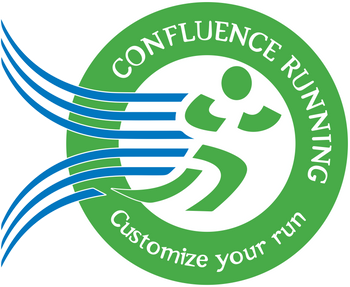Breath Control & Stroke Efficiency: A Fins-Based Swim Workout
Master Your Swim: Fins-Enhanced Training for Triathletes & Competitive Swimmers
Enhancing Triathlon Swim Performance with Fins
This triathlon swim workout is structured to improve breath control, stroke efficiency, and overall endurance in the water. The warmup sets the foundation with a 200-yard Individual Medley (IM) that alternates between swimming and kicking to activate different muscle groups. The pre-set introduces sprint intervals in the IM order, helping swimmers transition smoothly between strokes while maintaining speed and efficiency.
Mastering Stroke and Breath Control for Race Day
The drill sets focus on breath control and stroke efficiency, key factors for triathlon success. A progressive breathing drill challenges swimmers to increase their stroke count per breath, reinforcing lung capacity and controlled exhalation. The stroke control set encourages swimmers to minimize stroke count per lap, enhancing efficiency and power. By alternating between fins and no fins, athletes refine their technique while maintaining endurance, preparing for open-water conditions where efficiency and control are critical.











